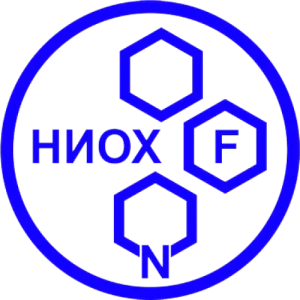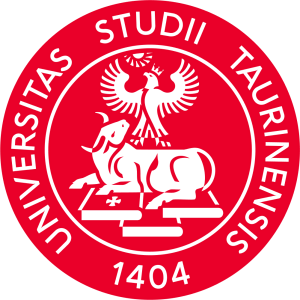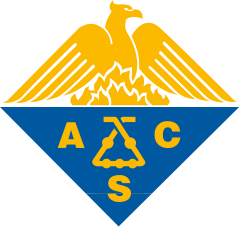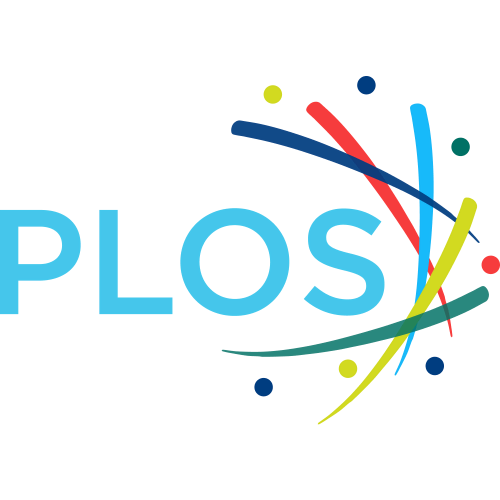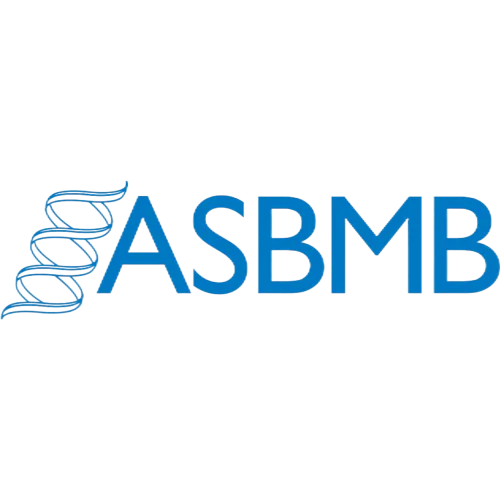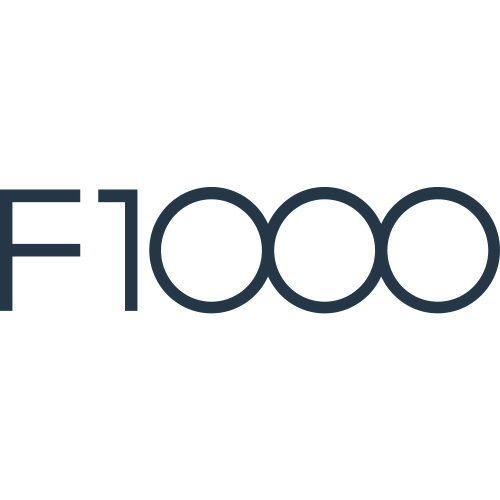The MM/PBSA and MM/GBSA methods to estimate ligand-binding affinities
Тип публикации: Journal Article
Дата публикации: 2015-04-02
scimago Q1
wos Q1
БС1
SJR: 1.195
CiteScore: 10.6
Impact factor: 4.9
ISSN: 17460441, 1746045X
PubMed ID:
25835573
Краткое описание
Introduction: The molecular mechanics energies combined with the Poisson–Boltzmann or generalized Born and surface area continuum solvation (MM/PBSA and MM/GBSA) methods are popular approaches to estimate the free energy of the binding of small ligands to biological macromolecules. They are typically based on molecular dynamics simulations of the receptor–ligand complex and are therefore intermediate in both accuracy and computational effort between empirical scoring and strict alchemical perturbation methods. They have been applied to a large number of systems with varying success. Areas covered: The authors review the use of MM/PBSA and MM/GBSA methods to calculate ligand-binding affinities, with an emphasis on calibration, testing and validation, as well as attempts to improve the methods, rather than on specific applications. Expert opinion: MM/PBSA and MM/GBSA are attractive approaches owing to their modular nature and that they do not require calculations on a training set. They have been used successfully to reproduce and rationalize experimental findings and to improve the results of virtual screening and docking. However, they contain several crude and questionable approximations, for example, the lack of conformational entropy and information about the number and free energy of water molecules in the binding site. Moreover, there are many variants of the method and their performance varies strongly with the tested system. Likewise, most attempts to ameliorate the methods with more accurate approaches, for example, quantum-mechanical calculations, polarizable force fields or improved solvation have deteriorated the results.
Найдено
Ничего не найдено, попробуйте изменить настройки фильтра.
Топ-30
Журналы
|
50
100
150
200
250
300
350
400
|
|
|
Journal of Biomolecular Structure and Dynamics
400 публикаций, 9.66%
|
|
|
International Journal of Molecular Sciences
141 публикация, 3.41%
|
|
|
Journal of Chemical Information and Modeling
112 публикаций, 2.71%
|
|
|
Scientific Reports
109 публикаций, 2.63%
|
|
|
Molecules
103 публикации, 2.49%
|
|
|
Journal of Molecular Graphics and Modelling
70 публикаций, 1.69%
|
|
|
Physical Chemistry Chemical Physics
66 публикаций, 1.59%
|
|
|
ACS Omega
65 публикаций, 1.57%
|
|
|
International Journal of Biological Macromolecules
64 публикации, 1.55%
|
|
|
Journal of Molecular Structure
63 публикации, 1.52%
|
|
|
Journal of Physical Chemistry B
63 публикации, 1.52%
|
|
|
Journal of Computer-Aided Molecular Design
57 публикаций, 1.38%
|
|
|
Molecular Diversity
56 публикаций, 1.35%
|
|
|
PLoS ONE
55 публикаций, 1.33%
|
|
|
Computers in Biology and Medicine
53 публикации, 1.28%
|
|
|
RSC Advances
52 публикации, 1.26%
|
|
|
Journal of Molecular Modeling
51 публикация, 1.23%
|
|
|
Computational Biology and Chemistry
51 публикация, 1.23%
|
|
|
ChemistrySelect
45 публикаций, 1.09%
|
|
|
Journal of Chemical Theory and Computation
41 публикация, 0.99%
|
|
|
Journal of Molecular Liquids
41 публикация, 0.99%
|
|
|
Journal of Medicinal Chemistry
38 публикаций, 0.92%
|
|
|
European Journal of Medicinal Chemistry
36 публикаций, 0.87%
|
|
|
Frontiers in Pharmacology
36 публикаций, 0.87%
|
|
|
Bioorganic Chemistry
35 публикаций, 0.85%
|
|
|
Biomolecules
34 публикации, 0.82%
|
|
|
Frontiers in Molecular Biosciences
33 публикации, 0.8%
|
|
|
Pharmaceuticals
32 публикации, 0.77%
|
|
|
Computational and Structural Biotechnology Journal
32 публикации, 0.77%
|
|
|
50
100
150
200
250
300
350
400
|
Издатели
|
100
200
300
400
500
600
700
800
900
|
|
|
Elsevier
883 публикации, 21.33%
|
|
|
Springer Nature
619 публикаций, 14.96%
|
|
|
Taylor & Francis
523 публикации, 12.64%
|
|
|
MDPI
469 публикаций, 11.33%
|
|
|
American Chemical Society (ACS)
457 публикаций, 11.04%
|
|
|
Wiley
306 публикаций, 7.39%
|
|
|
Royal Society of Chemistry (RSC)
173 публикации, 4.18%
|
|
|
Frontiers Media S.A.
139 публикаций, 3.36%
|
|
|
Cold Spring Harbor Laboratory
136 публикаций, 3.29%
|
|
|
Bentham Science Publishers Ltd.
67 публикаций, 1.62%
|
|
|
Public Library of Science (PLoS)
62 публикации, 1.5%
|
|
|
Oxford University Press
28 публикаций, 0.68%
|
|
|
World Scientific
18 публикаций, 0.43%
|
|
|
SAGE
17 публикаций, 0.41%
|
|
|
Hindawi Limited
13 публикаций, 0.31%
|
|
|
AIP Publishing
11 публикаций, 0.27%
|
|
|
Pleiades Publishing
11 публикаций, 0.27%
|
|
|
King Saud University
10 публикаций, 0.24%
|
|
|
Institute of Electrical and Electronics Engineers (IEEE)
9 публикаций, 0.22%
|
|
|
American Society for Microbiology
9 публикаций, 0.22%
|
|
|
Proceedings of the National Academy of Sciences (PNAS)
9 публикаций, 0.22%
|
|
|
Walter de Gruyter
8 публикаций, 0.19%
|
|
|
Research Square Platform LLC
8 публикаций, 0.19%
|
|
|
American Society for Biochemistry and Molecular Biology
7 публикаций, 0.17%
|
|
|
IntechOpen
7 публикаций, 0.17%
|
|
|
eLife Sciences Publications
6 публикаций, 0.14%
|
|
|
Ovid Technologies (Wolters Kluwer Health)
5 публикаций, 0.12%
|
|
|
Portland Press
5 публикаций, 0.12%
|
|
|
F1000 Research
4 публикации, 0.1%
|
|
|
100
200
300
400
500
600
700
800
900
|
- Мы не учитываем публикации, у которых нет DOI.
- Статистика публикаций обновляется еженедельно.
Вы ученый?
Создайте профиль, чтобы получать персональные рекомендации коллег, конференций и новых статей.
Метрики
4.1k
Всего цитирований:
4141
Цитирований c 2024:
1486
(35.9%)
Цитировать
ГОСТ |
RIS |
BibTex |
MLA
Цитировать
ГОСТ
Скопировать
Genheden S., Ryde U. The MM/PBSA and MM/GBSA methods to estimate ligand-binding affinities // Expert Opinion on Drug Discovery. 2015. Vol. 10. No. 5. pp. 449-461.
ГОСТ со всеми авторами (до 50)
Скопировать
Genheden S., Ryde U. The MM/PBSA and MM/GBSA methods to estimate ligand-binding affinities // Expert Opinion on Drug Discovery. 2015. Vol. 10. No. 5. pp. 449-461.
Цитировать
RIS
Скопировать
TY - JOUR
DO - 10.1517/17460441.2015.1032936
UR - https://doi.org/10.1517/17460441.2015.1032936
TI - The MM/PBSA and MM/GBSA methods to estimate ligand-binding affinities
T2 - Expert Opinion on Drug Discovery
AU - Genheden, S
AU - Ryde, U
PY - 2015
DA - 2015/04/02
PB - Taylor & Francis
SP - 449-461
IS - 5
VL - 10
PMID - 25835573
SN - 1746-0441
SN - 1746-045X
ER -
Цитировать
BibTex (до 50 авторов)
Скопировать
@article{2015_Genheden,
author = {S Genheden and U Ryde},
title = {The MM/PBSA and MM/GBSA methods to estimate ligand-binding affinities},
journal = {Expert Opinion on Drug Discovery},
year = {2015},
volume = {10},
publisher = {Taylor & Francis},
month = {apr},
url = {https://doi.org/10.1517/17460441.2015.1032936},
number = {5},
pages = {449--461},
doi = {10.1517/17460441.2015.1032936}
}
Цитировать
MLA
Скопировать
Genheden, S., and U Ryde. “The MM/PBSA and MM/GBSA methods to estimate ligand-binding affinities.” Expert Opinion on Drug Discovery, vol. 10, no. 5, Apr. 2015, pp. 449-461. https://doi.org/10.1517/17460441.2015.1032936.



